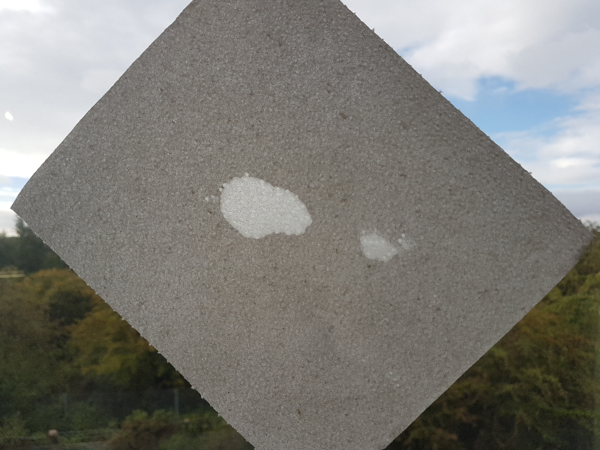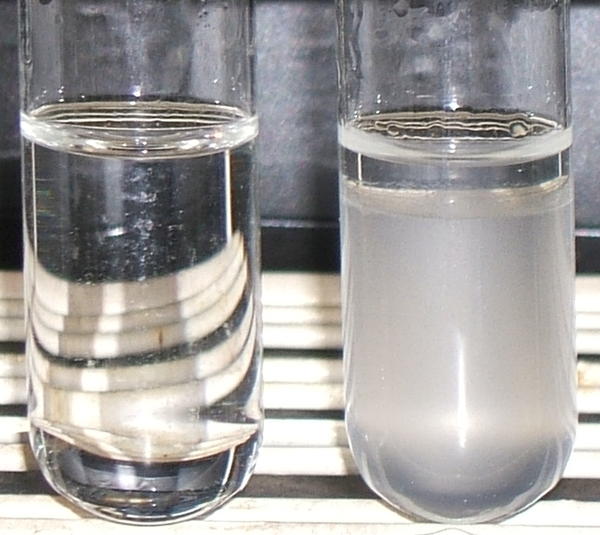Difference between revisions of "Testing for Lipids"
(Created page with "==Key Stage 3== ===Meaning=== Lipids can be tested for with different methods. =====The Paper Test Method===== : 1. Take a small sample of food. : 2. Wipe it on a piece o...") |
|||
| Line 29: | Line 29: | ||
| style="height:20px; width:600px; text-align:center;" |The mixture on the right shows the presence of [[lipid]]s. | | style="height:20px; width:600px; text-align:center;" |The mixture on the right shows the presence of [[lipid]]s. | ||
|} | |} | ||
| + | |||
| + | =====The Sudan III Test Method===== | ||
| + | : 1. Mix a small amount of the food sample with water in a test tube. | ||
| + | : 2. Add a few drops of Sudan III dye to the test tube and mix. | ||
| + | : 3. If lipids are present, a red-stained oil layer will form on the surface of the water. | ||
| + | : 4. If no red-stained oil layer forms, the food sample likely does not contain fats. | ||
Revision as of 20:42, 17 April 2025
Contents
Key Stage 3
Meaning
Lipids can be tested for with different methods.
The Paper Test Method
- 1. Take a small sample of food.
- 2. Wipe it on a piece of paper.
- 3. Hold the paper up to the light.
- 4. If the paper has turned translucent the food contained lipids.
| There are two patches where fat has been asborbed by the paper. |
The Alcohol Emulsion Test Method
- 1. Take a small sample of food.
- 2. Place the food in ethanol and mix by shaking or stirring.
- 3. Filter the mixture.
- 4. Add the clear solution to some water.
- 5. If lipids are present then a white emulsion will appear.
| The mixture on the right shows the presence of lipids. |
The Sudan III Test Method
- 1. Mix a small amount of the food sample with water in a test tube.
- 2. Add a few drops of Sudan III dye to the test tube and mix.
- 3. If lipids are present, a red-stained oil layer will form on the surface of the water.
- 4. If no red-stained oil layer forms, the food sample likely does not contain fats.

